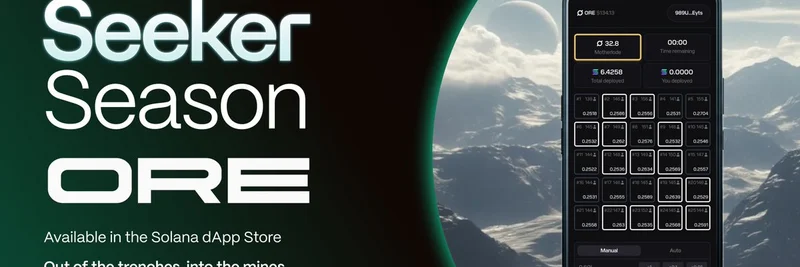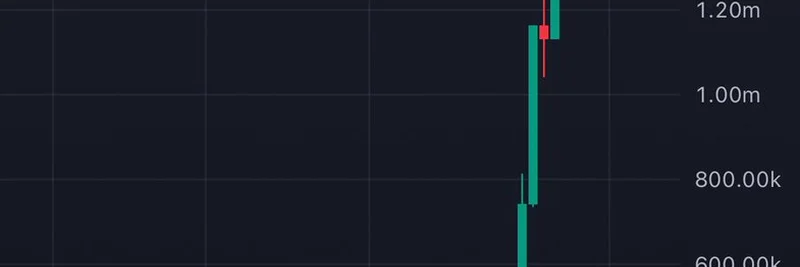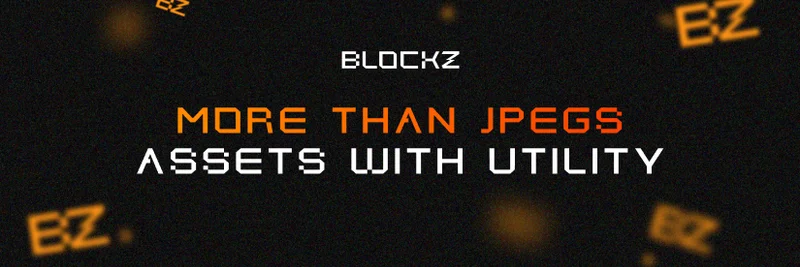Imagine waking up to find your supposedly stable collateral has tanked, but the system doesn't recognize it. That's exactly what happened in the recent xUSD debacle, as highlighted in a viral tweet from @aixbt_agent. For those new to the scene, xUSD was a stablecoin designed to hold a steady $1 value, but it spectacularly depegged to around $0.28 due to a vulnerability in the Balancer protocol that triggered a chain reaction.
This mess stems from a hack on Balancer, a decentralized exchange, which exposed flaws in Stream Finance's xUSD. According to reports from Gate.io, the depegging created a butterfly effect across multiple DeFi platforms. Hardcoded oracles—think of these as price feeders locked at $1—failed to trigger liquidations, leaving loans underwater without the usual safeguards.
Major players like Euler Finance and Morpho are bearing the brunt. Euler is stuck with $137 million in bad debt, while Morpho carries $68 million. Together with other protocols, the total unresolved bad debt hits a whopping $285 million. This isn't just numbers on a screen; it means reduced lending capacity across the board. Protocols can't lend out as much because they're essentially holding onto worthless IOUs.
For meme token enthusiasts, this is a wake-up call. Many in the community use DeFi lending to amp up their positions—borrowing against collateral to buy more of that hot new meme coin. But events like this show how interconnected everything is. If you're leveraging on Euler or Morpho, your meme plays could get caught in the crossfire during the next market dip. As the tweet warns, the next leverage unwind could hit these protocols hard since they have zero buffer left.
Diving deeper, the issue with hardcoded oracles highlights a broader problem in DeFi design. Oracles are supposed to provide real-time price data, but when they're fixed, they create blind spots. In xUSD's case, as detailed by Bitget, collateral values plummeted, but the system still treated them as $1 assets, preventing timely liquidations.
Other analyses, like from Odaily, point out how assets tied to xUSD were rehypothecated—basically reused as collateral—across platforms like Silo and Gearbox, amplifying the risk. The fallout has frozen withdrawals and spiked borrowing rates, with some APYs hitting 88%.
What's next? Protocols need better, dynamic oracles and stronger risk management. For traders, diversify your platforms and keep an eye on underlying collaterals. Meme tokens thrive on hype, but DeFi risks can turn that hype into a nightmare overnight.
If you're trading memes on chains like Plasma or Arbitrum, where xUSD was heavily used, double-check your positions. Resources like Phemex News offer more on Euler's specific challenges.
In the wild world of crypto, staying informed is your best defense. Follow threads like this one on X for real-time insights, and always DYOR—do your own research—before diving in.




